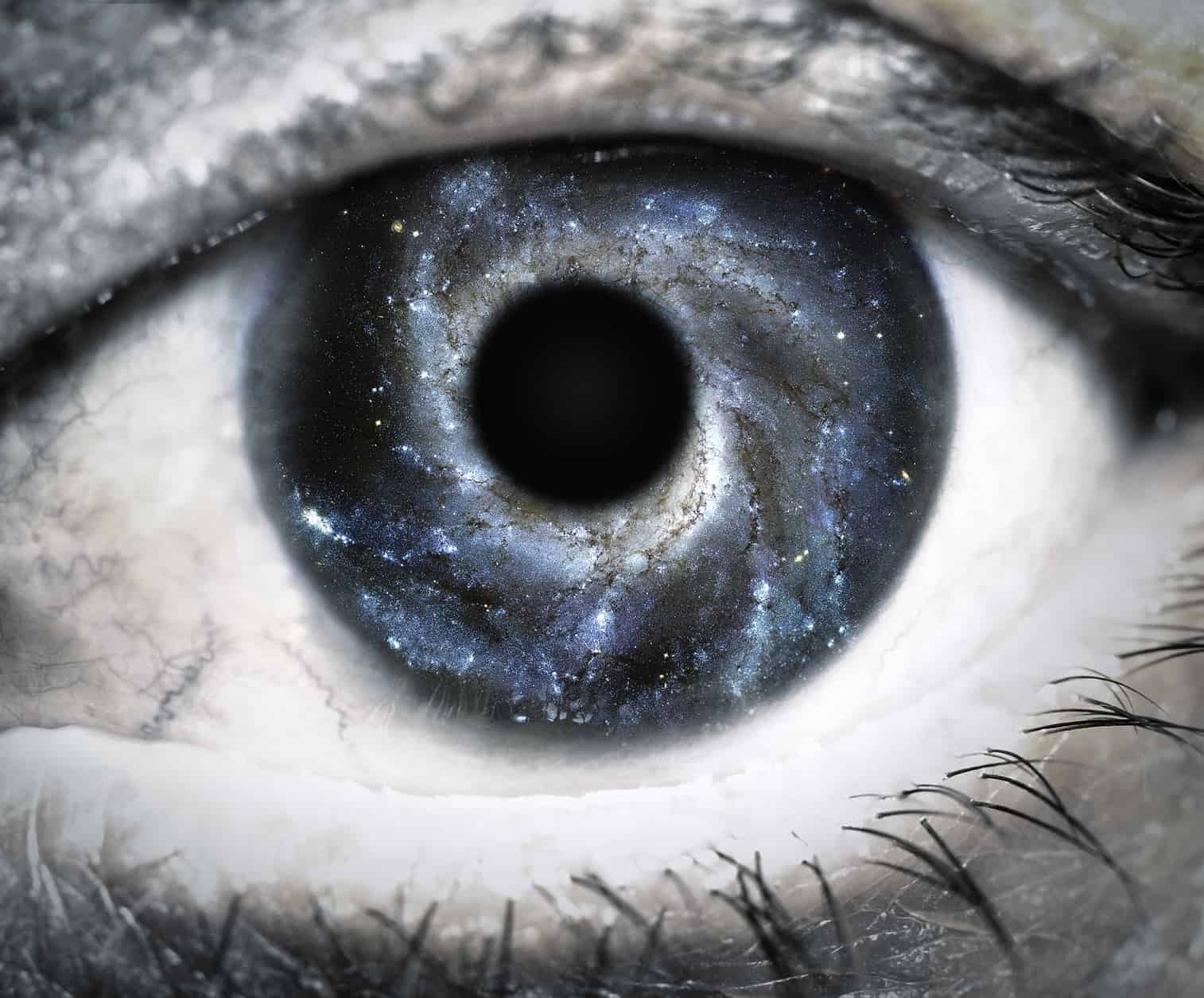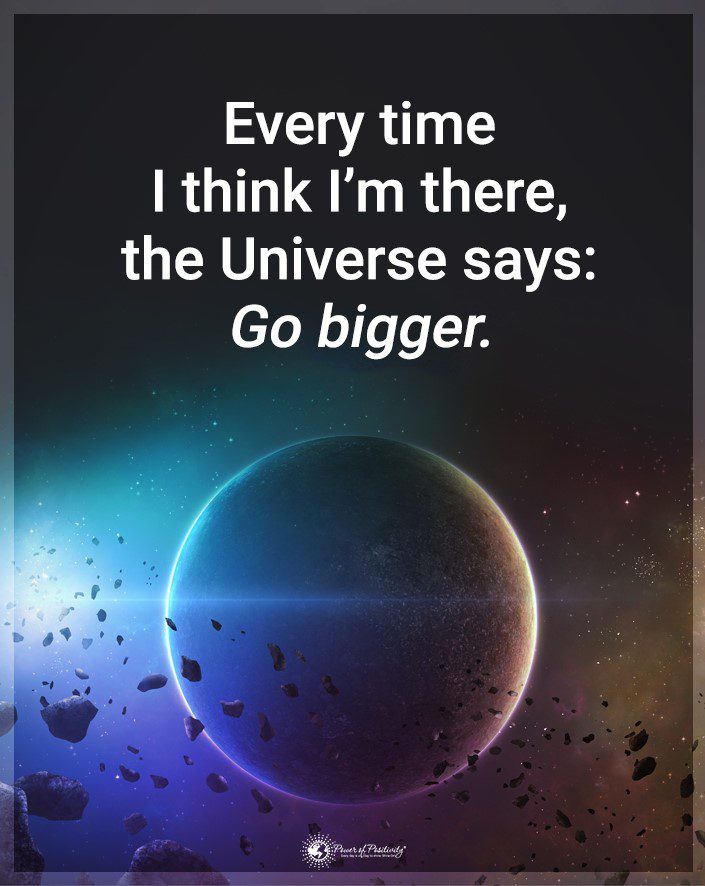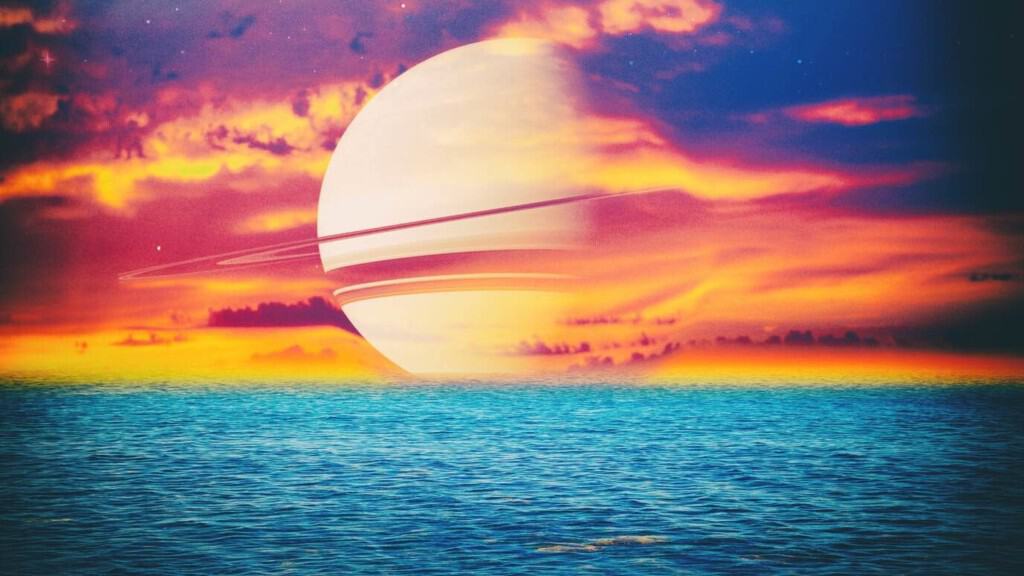If you wanted to meet aliens in this lifetime, you might be disappointed with this news. However, a new study has found that Earth was one of the first habitable planets to form in the universe. It also shows that most haven’t even been born yet. If we peaked a bit later, we might’ve gotten the chance to meet future alien civilizations. Nonetheless, if you believe in the afterlife and reincarnation, you might get to meet one of these futuristic lifeforms.
The universe has been around for a long time now, roughly 13.8 billion years. But only 8% of the habitable planets in our solar system have formed thus far. That means 92% of the habitable planets haven’t even been born yet. If fact, most won’t appear until after the sun burns out in 6 billion years.
If this seems a bit mind-boggling, don’t worry; many others probably feel the same way.
The research analyzed data from the Hubble and Kepler space telescopes. It predicted that most habitable planets haven’t formed yet. It also suggests that we’ve only scratched the surface when discovering planets that can support life.
At least we can say that, due to our knowledge and technological advancement, we can look back on the birth of the universe and solar systems, and have theories and evidence in place as to how they came into existence. Other future civilizations may not have this knowledge.
“Any far-future civilisations that might arise will be largely clueless as to how or if the Universe began and evolved,” explains the Space Telescope Science Institute in the US, which pioneered the research.
This might make you feel better about the dilemma of peaking too soon for aliens.
“Our main motivation was understanding the Earth’s place in the context of the rest of the universe,” said lead researcher Peter Behroozi. “Compared to all the planets that will ever form in the Universe, the Earth is actually quite early.”
The researchers used the Hubble and Kepler space telescopes to look as far back in time and space as possible, to understand how many stars and planets have already formed, and make a prediction about how many will form later.
The researchers discovered that, although stars came into formation much faster and at a greater volume 10 billion years ago, the Universe only used a small amount of its hydrogen and helium. What does this mean? Well, in short, the universe can keep producing stars for a very long time, despite star production slowing down.
“There is enough remaining material [after the big bang] to produce even more planets in the future, in the Milky Way and beyond,” said one of the researchers, Molly Peeples.
Scientists predict the last star in the universe will burn out 100 trillion years from now. In our galaxy alone, researchers estimate that around 1 billion habitable planets exist right now. So it only follows logic that future stars and planets will have the ability to hold life.
In addition, the researchers used this same data to predict that future Earth-like planets will likely appear inside galaxy clusters and dwarf galaxies, which have a great amount of gasses left for stars and planetary systems to form. Unfortunately, the Milky Way Galaxy doesn’t really have more resources to grow.
So, who knows what will happen in the next 100 trillion years in the universe. All we know is, Earth is among the 8% of habitable planets to form thus far.
As the Space Telescope Science Institute puts it: “That’s plenty of time for literally anything to happen on the planet landscape.”
















